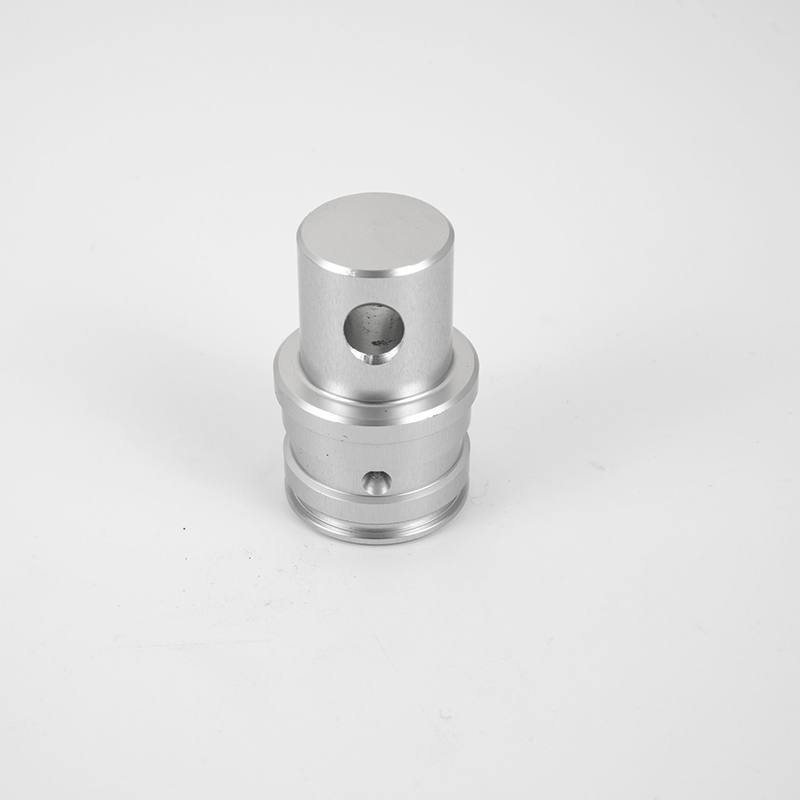

There are several types of CNC machines, including:
The advantages of CNC Machining include:
The maximum size of parts that can be produced with CNC machining depends on several factors, including the size of the machine and the capabilities of the manufacturer. Most CNC machines have a maximum workpiece size of around 24 inches by 24 inches by 24 inches, although some larger machines can handle parts up to 40 inches by 40 inches by 40 inches or larger.
Overall, CNC Machining is a versatile and reliable manufacturing process that offers many benefits to businesses looking to produce high-quality, complex parts in large quantities. If you're interested in CNC Machining services, contact Ningbo Yinzhou Keming Machinery Manufacturing Co., Ltd. Our team of experts can work closely with you to create custom parts that meet your unique specifications. Visit us at https://www.kmcast.com or email us at sale@nbkeming.com to learn more.
1. Zhang, Y., Liu, C., & Xie, Y. (2015). Study on the High-Speed Milling Process of Key Parts of Aero Engine Blade. Journal of Manufacturing Science and Engineering, 137(6).
2. Patel, D. R., Shah, A. D., & Vaghela, A. J. (2016). Optimization of cutting parameters in 3D CNC milling using Taguchi approach. International Journal of Engineering Research and General Science, 4(3), 608-613.
3. Tlusty, J., & MacMillan, R. D. (2015). The history of the evolution of cutting tool geometries through numerical simulations and basic research. Journal of Manufacturing Science and Engineering, 137(2).
4. Chen, Y., & Tian, W. (2016). Selection and Optimization of Process Parameters for Hard Turning of AISI 52100 Steel with CBN Insert. Materials Science Forum, 850, 419-425.
5. Bagherpour, M., & Daneshi, A. (2017). Investigation of machining characteristics of AISI P20 tool steel in High Speed CNC milling. Journal of Mechanical Engineering and Biomechanics, 5(2), 141-149.
6. Sun, Y., Sun, Y., & Hou, Z. (2016). Research on Tool Path Planning of CNC Milling Machine Based on Matlab. Applied Mechanics and Materials, 869, 321-325.
7. Hwang, Y. J., Kim, W., & Kim, C. (2017). A Study on Providing Quality Prediction Model in Ship Fitting Industry Using Laser Scanner Technology. Journal of Mechanical Science and Technology, 31(3), 1285-1291.
8. Ke, W., Li, X., & Sun, J. (2016). Feedforward Inverse Compensation for CNC Servo System with Roll–Pitch–Yaw Integrated Mechanism. Journal of Dynamic Systems, Measurement, and Control, 138(5).
9. Fathi, B., Alcan, G., & Karpat, Y. (2017). Optimization of machining parameters for orbital drilling of polyether-ether-ketone (PEEK) reinforced with short carbon fibers. International Journal of Advanced Manufacturing Technology, 90(9-12), 3201-3214.
10. Khalil, H. E., Afify, H. A., & Hassan, A. E. (2015). Surface Integrity of Hardened AISI 5160 Steel after Electric Discharge Machining by powdered electrode. Materials Science Forum, 817, 103-108.